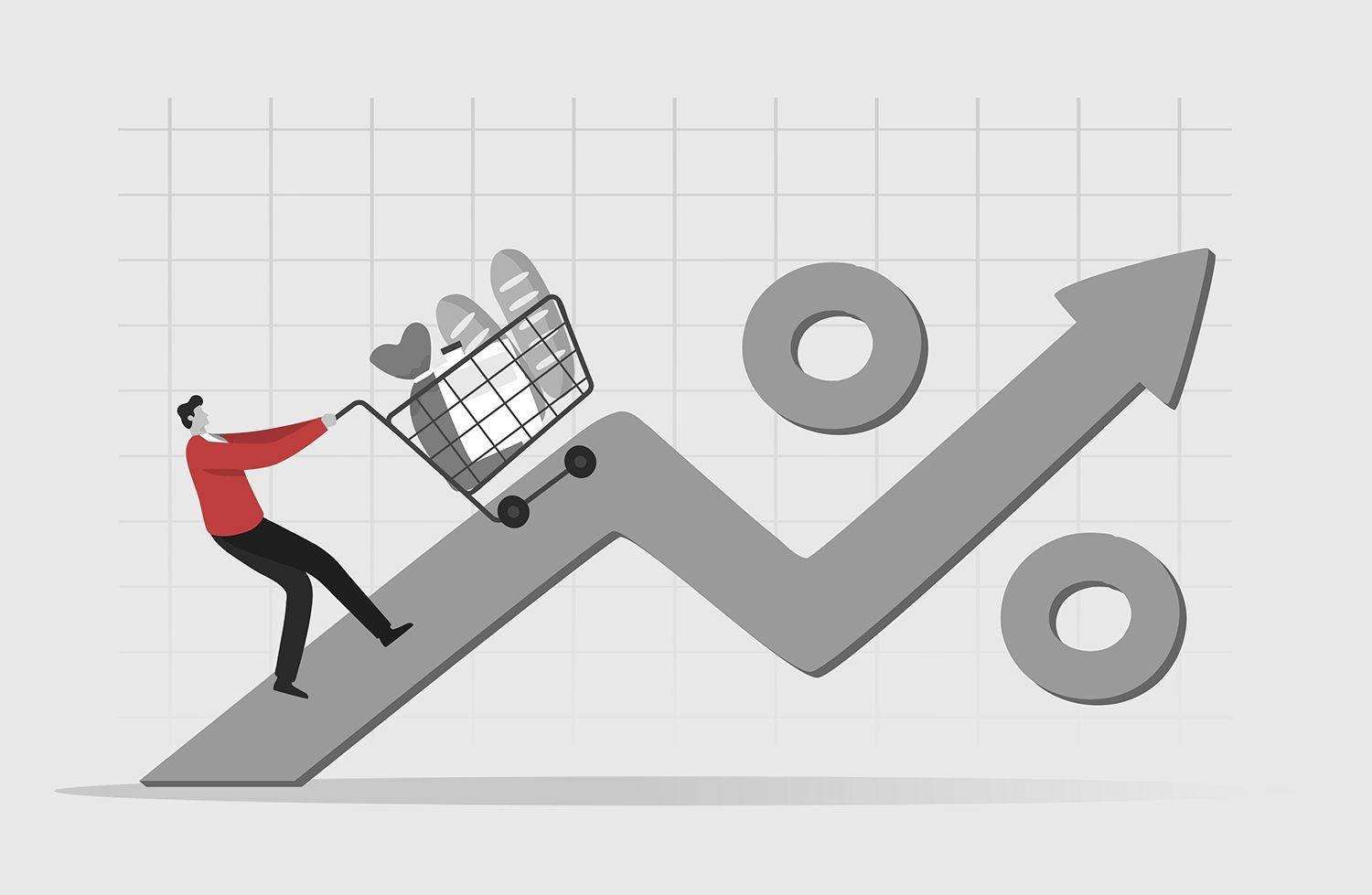
Dear Traders,
It’s a big week ahead! Tomorrow, we will learn the new CPI number (inflation) and we will see if that number will change the volatility in the market. According to Bloomberg, 60% of retail investors such as us are long stocks and think this is a good time to own them. On the other hand, 40% of professional investors are short. Who will be the winner of tomorrow’s battle? Regardless, there are significant amounts of institutional money on the side, and with no position in the market.
Tesla was the weakest stock in the market today, and Brian and I managed a nice short on it. You can watch our recap here.
Speaking of inflation, everyone seems to be wondering where we got this inflation from.
Well, people love discovering money supply charts from the Fed, and then talking about all the "money printing" going on. Looking back to the beginning of 2020, you could say, “Aha, that's why we have all this inflation.” But, here's a chart of M2 money supply growth on a year-over-year % basis. As you can see, the money supply has been plunging sharply for a while. So, if you want to take this seriously, the money supply data should lead you in the direction of a deflationist regime.

Money supply growth also spiked in early 2009 because of the financial crisis, when there was a fear of deflation, but that did not cause anything inflationary. In fact, that marked the beginning of a decade of the Fed undershooting on inflation.
Many people love to view inflation as a function of the amount of *money* in the economy, whereas the Modern Monetary Theory view says that inflation is more driven by the amount of *spending* in the economy, which is a different thing. In other words, a lot of cash balances in bank accounts just sitting there doesn't mean much. You can keep piling on the cash, but if there's no impulse to spend, prices aren't going to rise. On the other hand, you could imagine a very spendy world where cash balances or other money measures aren't that high, such as when things started to reopen in 2021 after the initial threats of COVID-19 began to abate.
In a nutshell, we've seen massive disruptions to everything over the last three years, but total demand has been quite robust throughout this whole period, which can lead to a more meaningful explanation for high inflation other than just the printing of money. And no, Bitcoin is not a solution. Crypto at its worst is just a Ponzi scheme, like FTX showed us. At its best, crypto is just another risky asset that is as volatile as all other volatile assets are.
We have now opened another round of Peak Capital Trading’s boot camp. This time, we have room for only 30 traders and we will be focusing on having traders build close 1:1 mentorship relationships with our captains and co-captains. We have had amazing feedback from the last 7 boot camps that we have run, and I am sure this January boot camp will be the best ever. All classes are online, and everything is recorded online for further viewing later. For more information, you can sign up here, or simply email [email protected].
To your success,
Andrew
Disclaimer: The content and materials available on this site are not intended to serve as financial, investment, trading, or any other form of advice or recommendation from Trading Terminal.